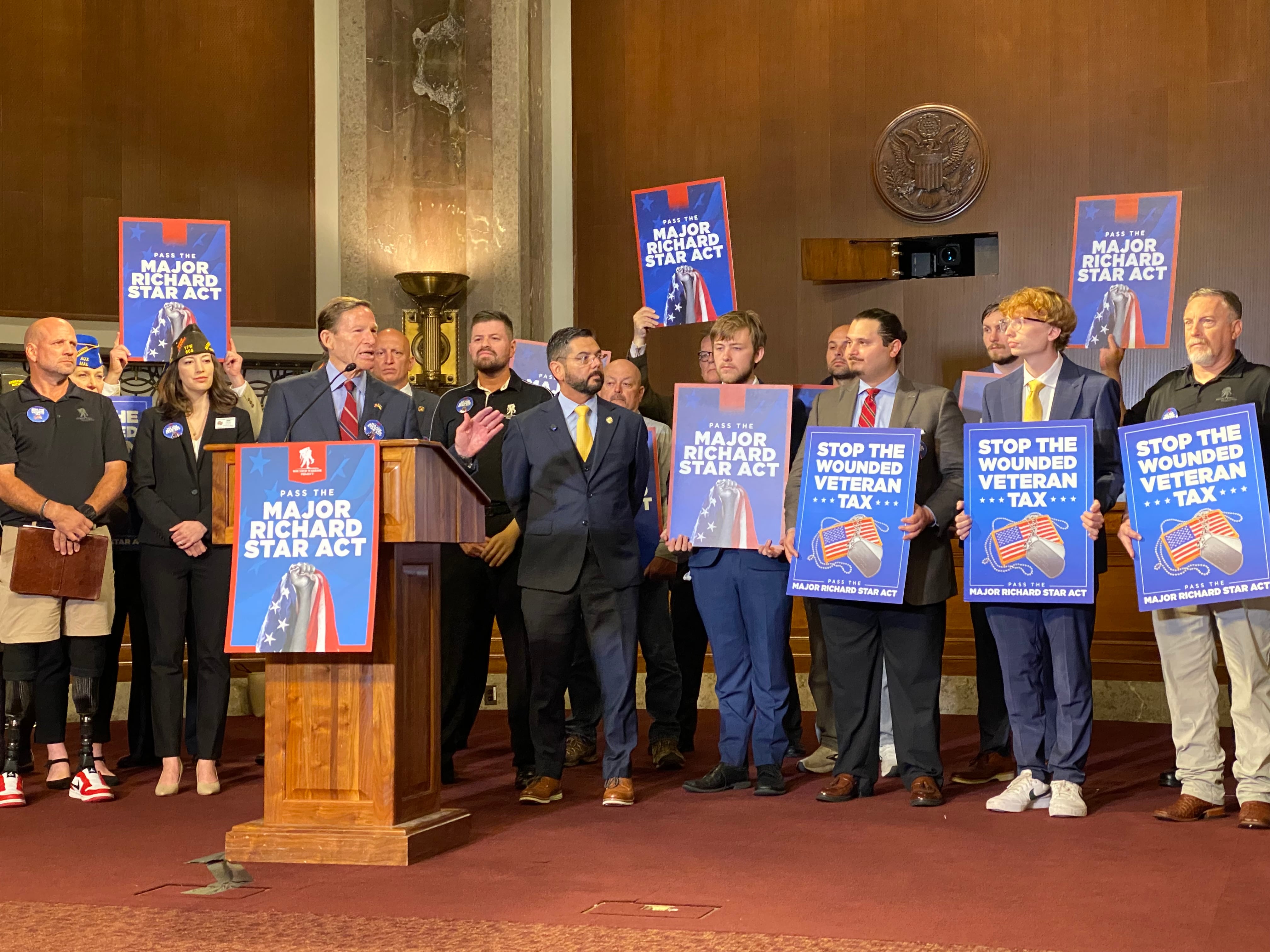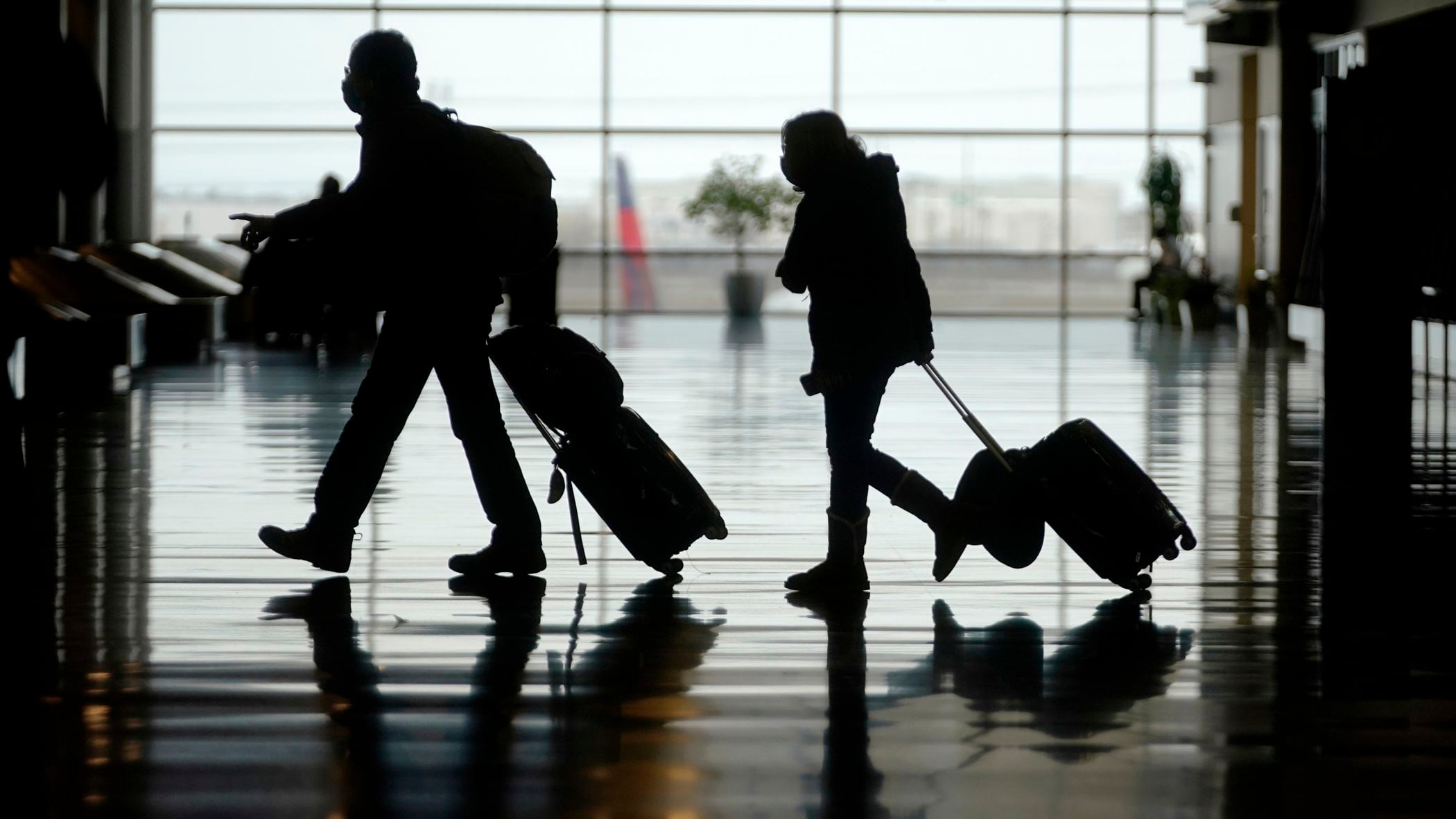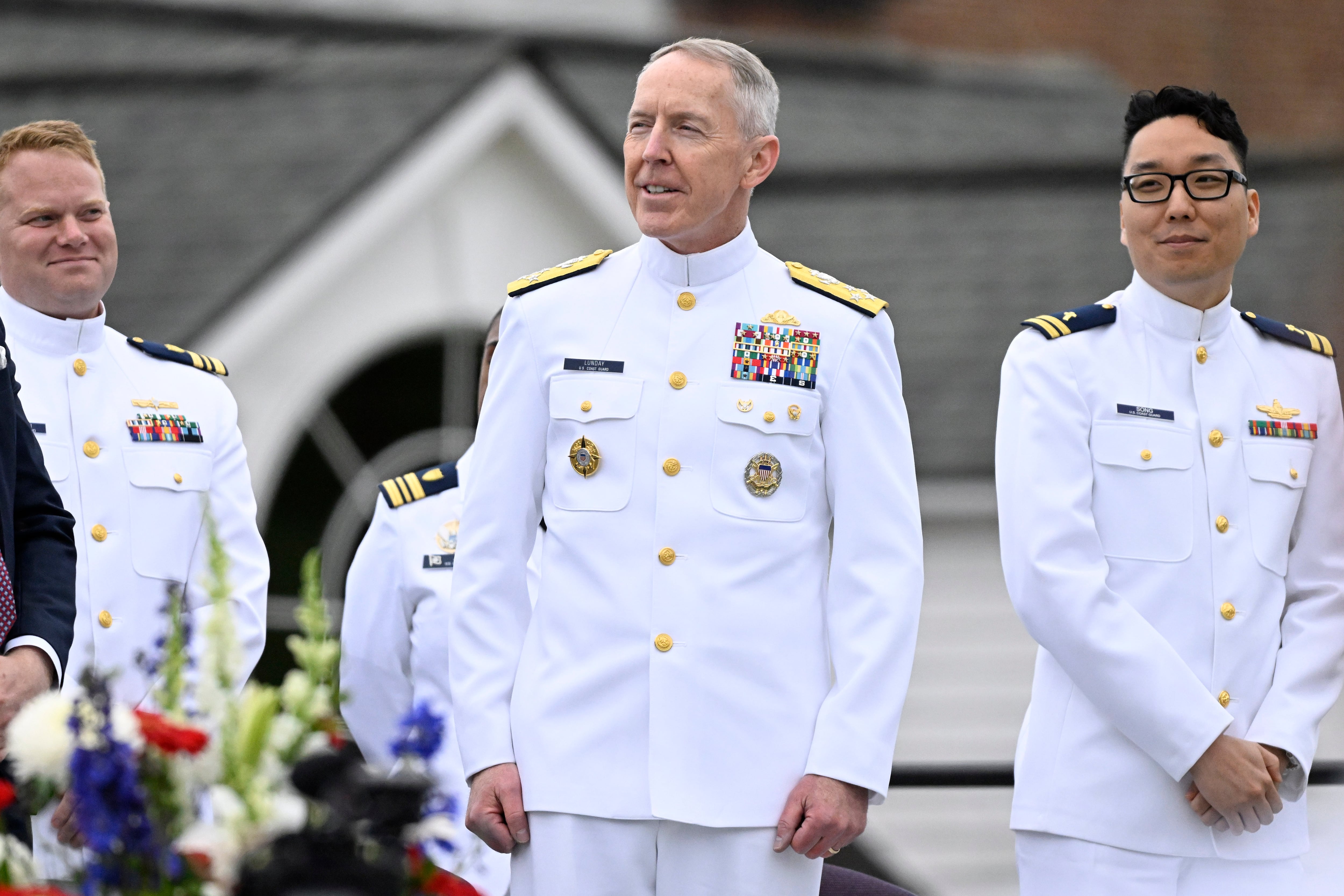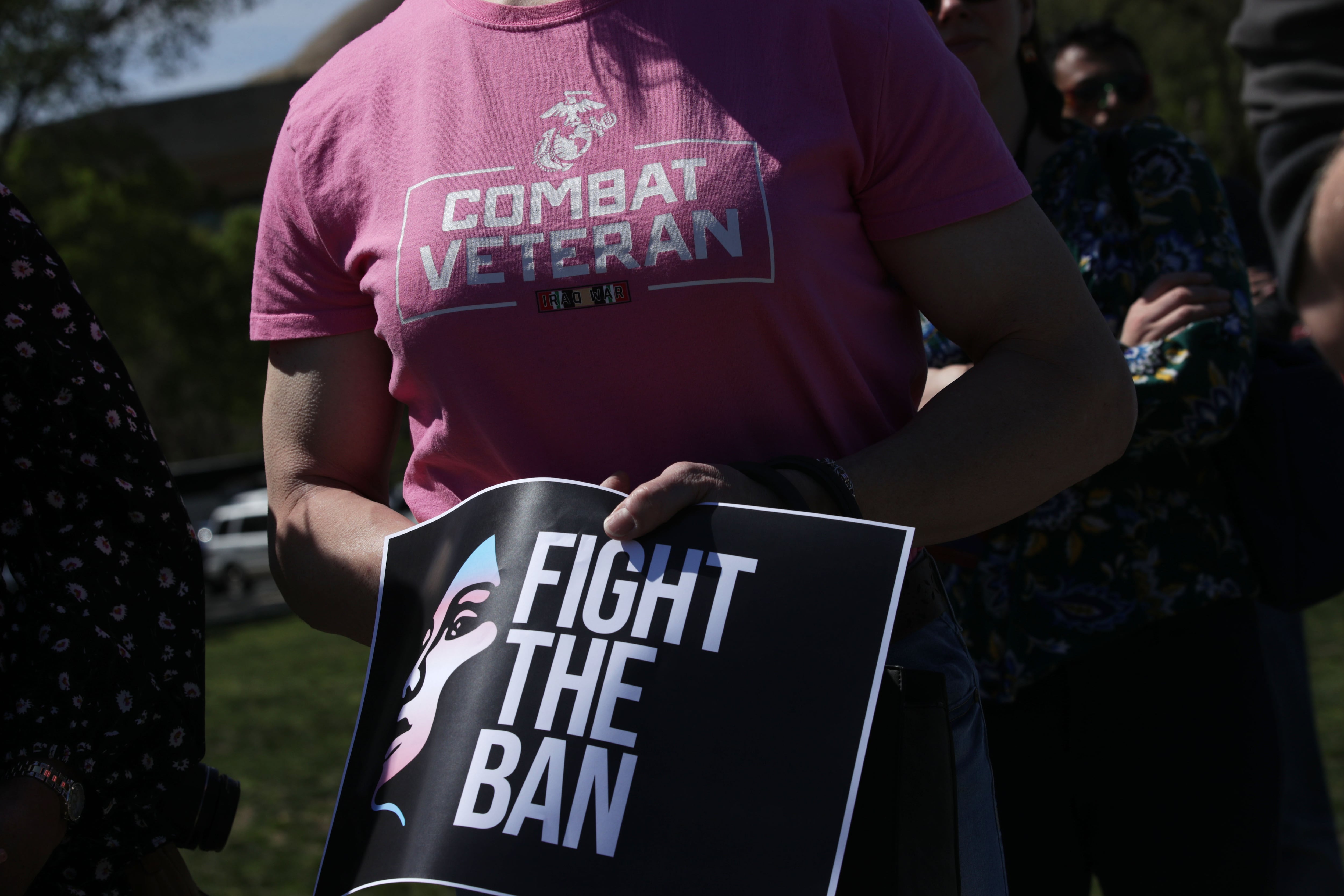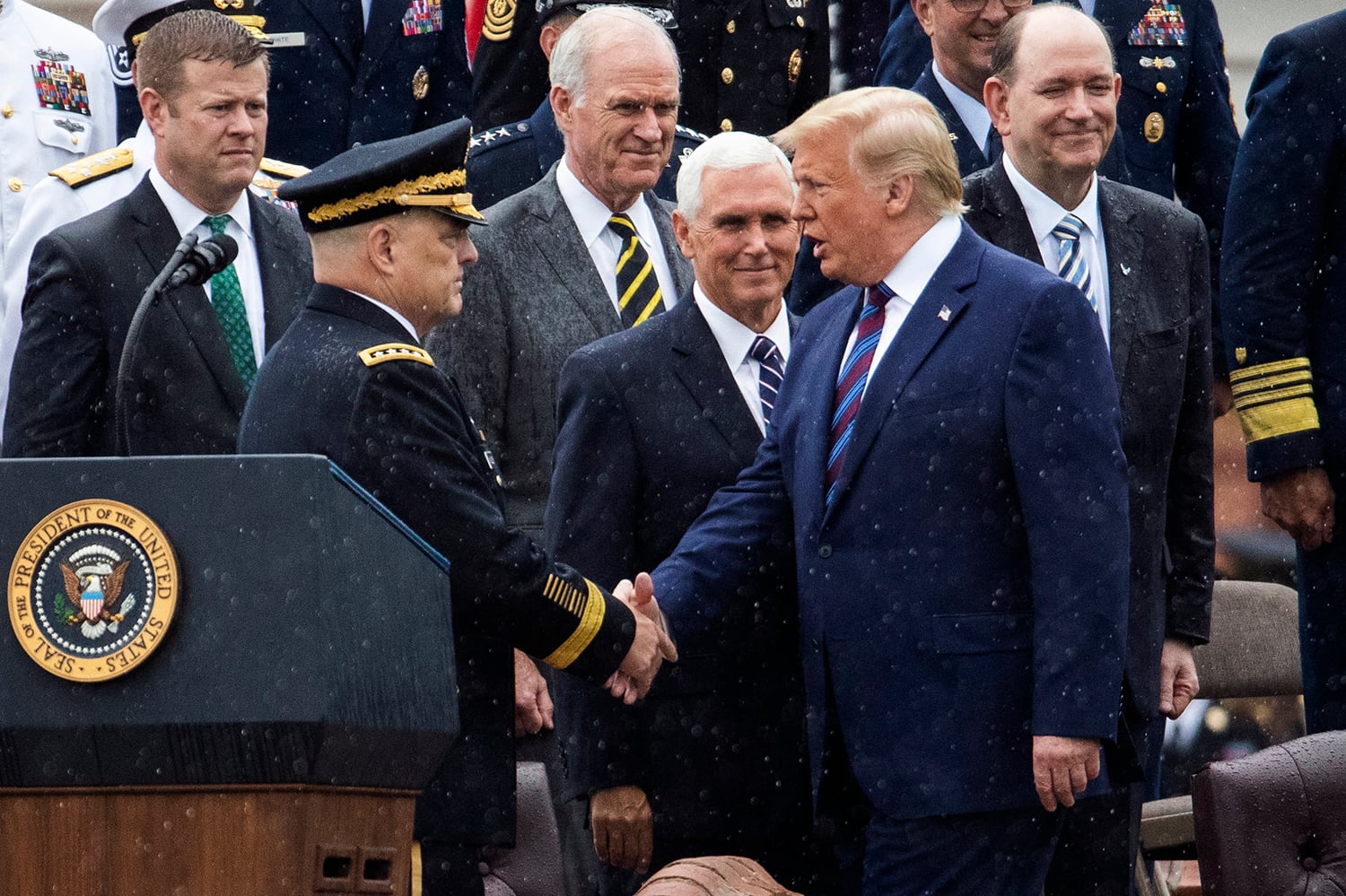COLORADO SPRINGS, Colo. — Nearly two years after top Air Force leaders began sounding the alarm on a worrying shortfall of pilots, the key elements of a solution are finally falling into place.
Air Force Chief of Staff Gen. Dave Goldfein, in exclusive interviews with Air Force Times, emphasized that many factors have led to the roughly 2,000-pilot shortfall that the brass warns could “break the force” — especially as commercial airlines are in the midst of one of their heaviest and longest hiring waves in decades.
Because of that, he said, there will never be a single “silver bullet” that solves it once and for all.
Instead, Goldfein said, the Air Force is making headway on a variety of fronts — including recruiting and training more new pilots, bringing back retired pilots, convincing experienced pilots to stay longer, and improving the lives of pilots so they’re happier — that, when combined, should help close the gap.
Goldfein, who spoke to Air Force Times June 2 and 3 during his trip to the 2018 Warrior Games at the Air Force Academy in Colorado Springs, Colorado, said the Air Force has a list of 69 different initiatives to fix the pilot shortfall.
And the Air Force is on the verge of announcing a plan to tackle what Goldfein feels is the most important element in fixing the pilot problem: Revitalizing the Air Force’s squadrons and ensuring they have strong, effective leaders.
“That, to me, is the secret sauce,” Goldfein said. “That’s what’s going to keep people in. It’s what’s kept me in. If I can get inspirational squadron commanders out there, that are given decision authority to run their squadrons, and they’re given the resources they need to accomplish the mission, and they’re out there inspiring their airmen, that is going to be far and above the most effective hedge against airline hiring that we’ll ever have.”
The Air Force has already taken several steps to push decision-making authority down to the squadron level, emphasize that it trusts squadron commanders to make the right decisions, and slash regulations that were binding their hands — and Goldfein thinks those moves are already bearing fruit.
“I’m aware that [as chief of staff], people will sometimes tell me what they think I want to hear,” Goldfein said. “So, I’m a trust-but-verify guy. But I do hear enough independent vignettes that say … all those things we’re trying to do [are] making a difference out there.”
RELATED
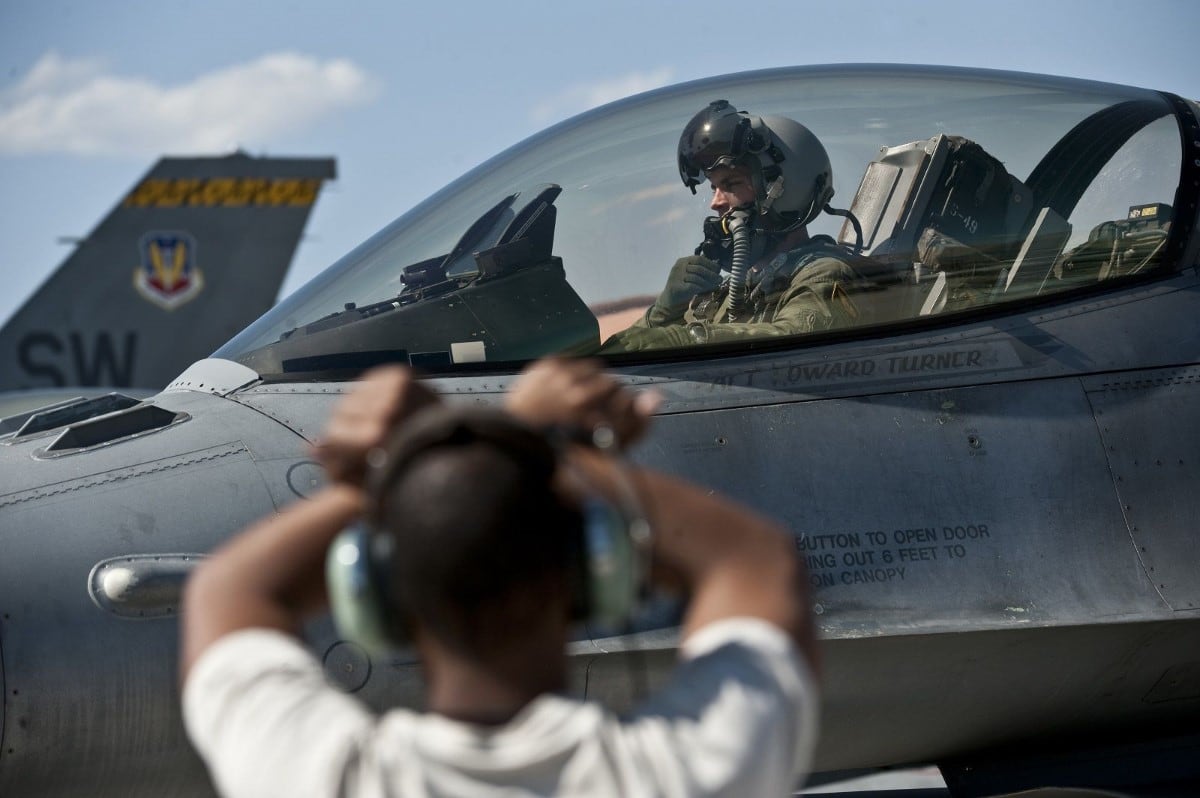
Next, Goldfein and Air Force Secretary Heather Wilson are about to roll out an “implementation plan” to go further and do more to put the squadron back at the heart of the Air Force, improving morale and leading to more satisfied, proud airmen.
“It’s all designed to ensure that squadron commanders have the decision authority, the resources, the things they need, that we’re developing them and giving them all the tools they need to succeed, and that airmen that are in that squadron feel like they’re part of something really important,” Goldfein said. “The question I ask squadron commanders when I’m out there is, ‘Hey, what does it mean to be in your squadron? What does it mean to be part of the Boars, or the Thunderbolts, or this missile maintenance squadron?’ That squadron commander ought to be able to define that.”
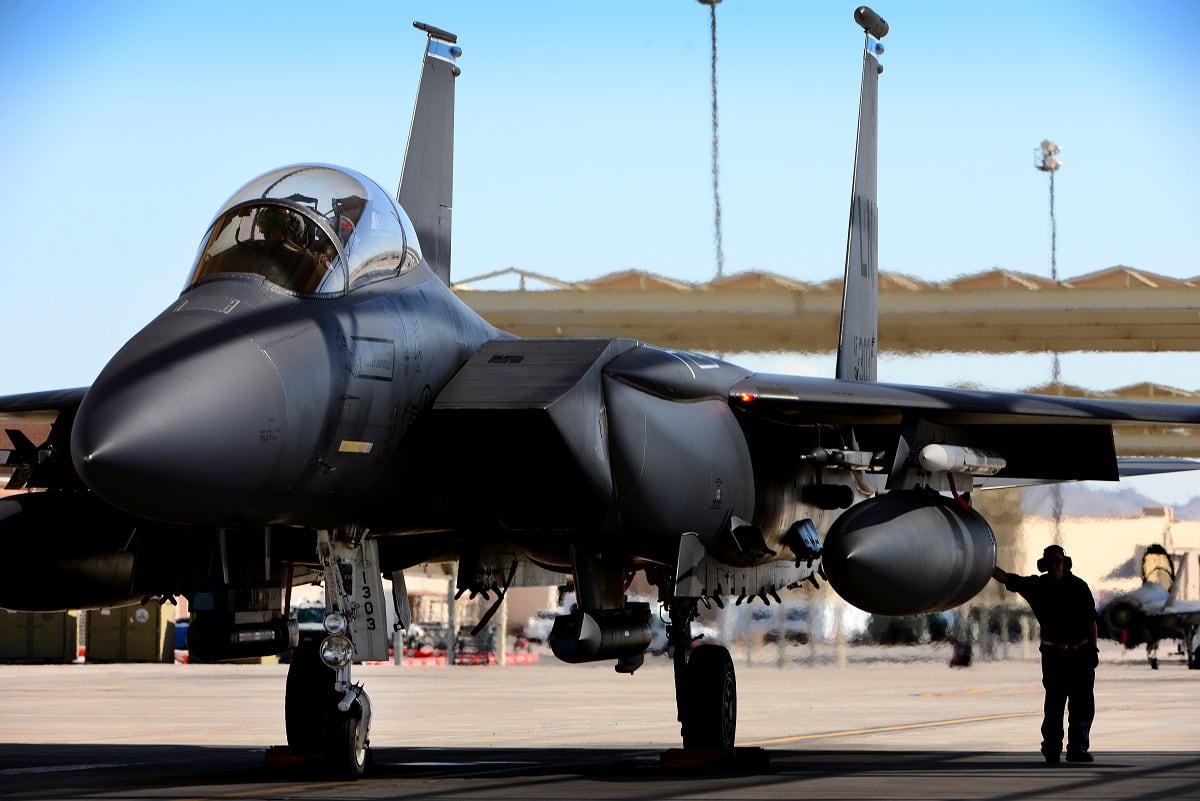
Goldfein declined to share details of this plan before he briefs his generals on it during the next Corona meeting of Air Force leaders, which will take place at Wright-Patterson Air Force Base in Ohio the week of June 11.
But, he said, healthy, well-led squadrons will lead to happier airmen and encourage pilots to stay longer — more so than just throwing cash at pilots to re-up.
More money “is not what’s going to keep people in the Air Force,” Goldfein said. “People stay in the United States Air Force because they feel like they’re on a high-powered team, a squadron that’s doing meaningful work, making a difference. It’s why they joined, it’s why they’re going to stay.”
Beefing up bonuses
However, while money isn’t everything, Goldfein said increased pilot bonuses can help.
The Air Force will never be able to keep up with the hefty six-figure sums commercial airlines can pay, Goldfein said, especially as they seek to hire 4,500 pilots a year. And since former military pilots only need 750 flight hours to qualify as airline pilots — half that required of non-military pilots — the Air Force is an especially fruitful recruiting ground.
But the Aviation Bonus Program, which offers experienced pilots tens of thousands of dollars for each year they agree to extend their contracts, will narrow the pay gap between Air Force pilots and their commercial counterparts at least a little.
“If I can take a financial burden off of a family, I appreciate Congress’ help” in authorizing more money for bonuses, Goldfein said.
The Air Force on May 31 announced a major expansion of its Aviation Bonus Program. This year, for the first time, some bomber, fixed-wing combat search-and-rescue, special operations, mobility and intelligence, surveillance and reconnaissance pilots will be able to receive the same massive $420,000 retention bonuses already offered to fighter pilots.
Goldfein said that the Air Force first offered the expanded bonuses — for pilots who choose to extend their contracts the maximum 12 years — to fighter pilots because that was where the shortfall was most prominent.
But the other pilot categories are “shortly on [fighter pilots’] heels,” he said, when asked why the service chose to expand the eligibility of the maximum bonuses.
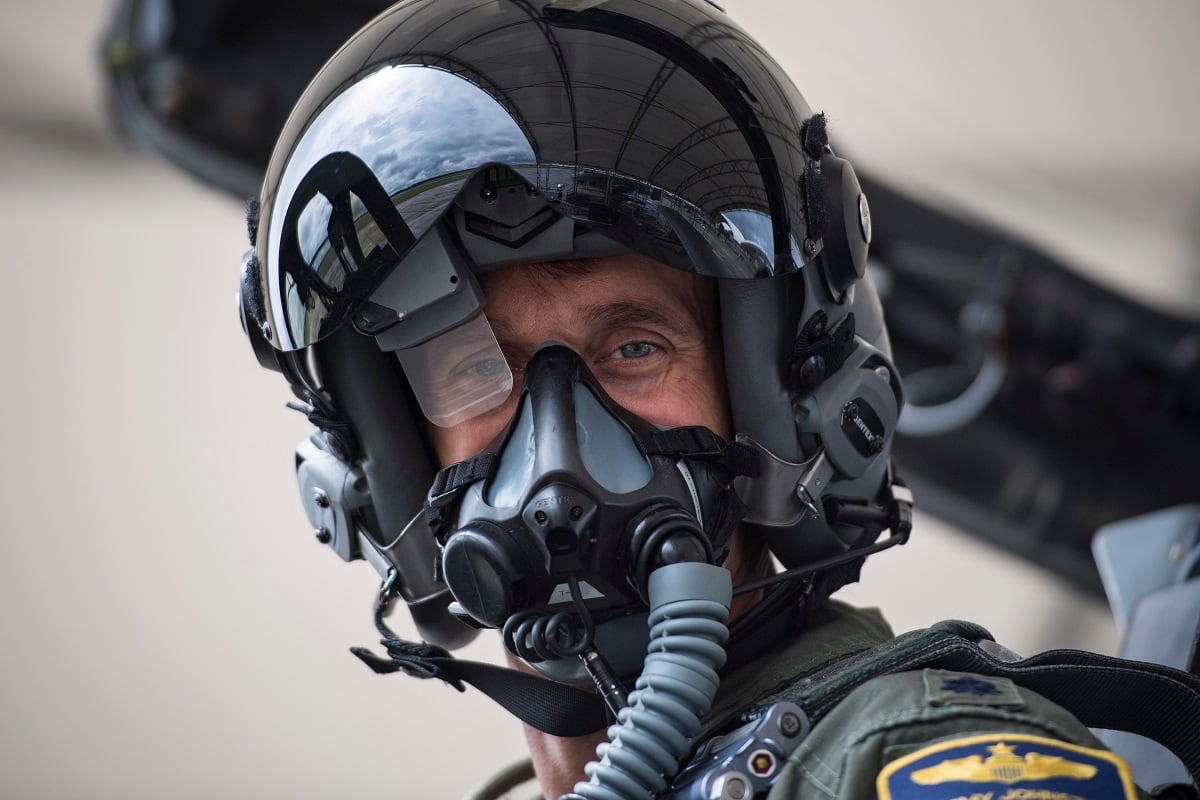
However, these massive six-figure retention bonuses can only do so much.
In a sign of the limits of aviator retention pay’s effectiveness, the so-called “take rate,” or percentage of aviators agreeing to stay longer in exchange for hefty bonuses, continues to decline year after year.
The take rate hit 44 percent last year, well below the 65 percent the Air Force usually hopes will accept the bonus. Only five fighter pilots in fiscal 2017 opted for the full, up to 13-year service commitment and the up to $455,000 that came with it that year.
RELATED
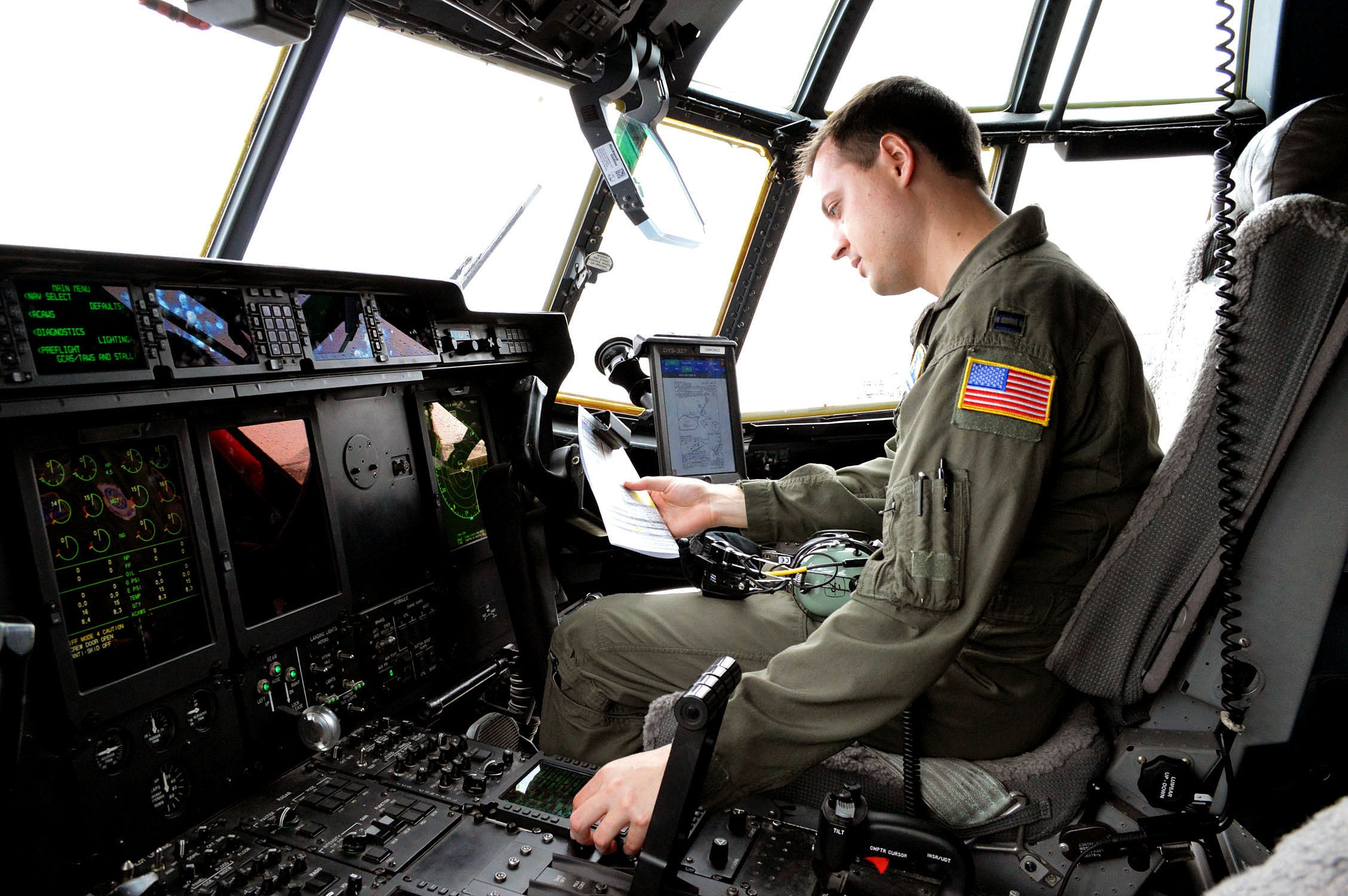
Training more pilots
Another crucial piece of the plan is to overhaul how the Air Force conducts flying training, to turn out more new pilots each year.
Goldfein said the Air Force made a mistake in the past by continually increasing or decreasing the number of pilots from one year to the next.
Such frequent pilot production changes meant the Air Force was constantly having to scale up or scale down its instructors, training facilities, airplanes, and other resources necessary for undergraduate pilot training — a very inefficient way to run things.
Instead, he wants the Air Force to “set the throttle” at a steady production capacity of 1,400 to 1,500 annually, and leave it there for years.
But getting there is going to take some work. The Air Force is already pushing to increase its pilot production from 1,200 a year to 1,400, which former Air Education and Training Command head Lt. Gen. Darryl Roberson last year said would max out the service’s capacity.
In the interviews, Goldfein outlined several strategies he thinks can push pilot production past 1,400.
Somewhat ironically, he said, the nearly month-long, hypoxia-related grounding of the Air Force’s T-6 training fleet in February — which is likely to cost 10 percent of the pilot graduation class this year — might have given the service an opening to revolutionize its training.
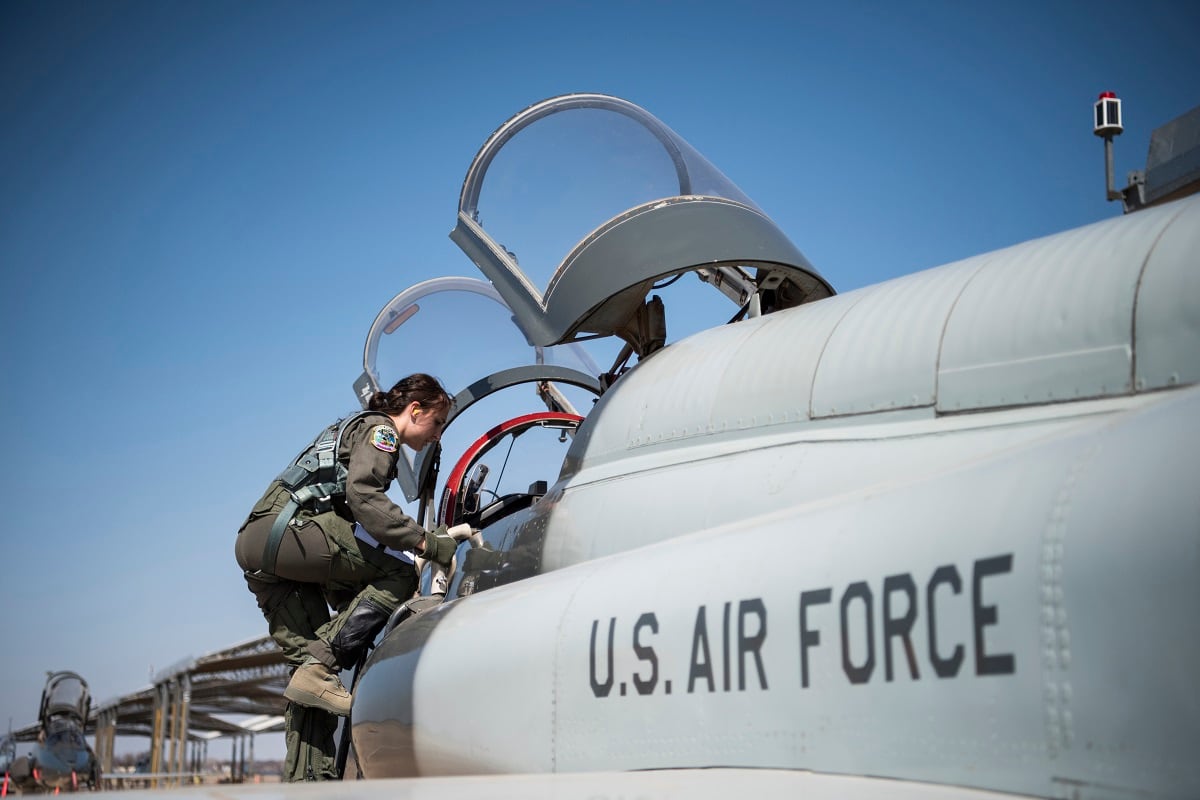
While the T-6 Texans were grounded, Goldfein said, current AETC commander Lt. Gen. Steven Kwast was not about to “pass up a good crisis.”
Kwast gathered his instructor pilots and went over the undergraduate pilot training syllabus — which hadn’t been significantly overhauled in about three decades — with a fine-tooth comb.
Kwast and his instructors succeeded in “carving out a rather significant portion of the syllabus,” finding ways to incorporate new technologies and methods of instruction and overhaul how the Air Force builds new pilots without sacrificing standards, Goldfein said.
Part of that revision is moving away from the old “industrial model” in which all pilots who enter in the same class proceed alongside one another until they graduate. That model meant that trainees who came in with some private flying experience, or who picked up skills faster, were held back while slower students caught up.
This is especially important, Goldfein said, because even kids today have access to computerized flight simulators that far surpass what was available to him as a flight student in the early 1980s.
With a laugh, Goldfein recalled he sometimes had to practice flying with a drawn instrument panel hung up on the wall and toilet plungers to serve as mock throttles.
With modern simulators on their smart phones or computers, student pilots can sometimes show up to training with rudimentary flight skills.
And if the Air Force allows those quickly-developing students to advance and graduate faster, that will allow the force to produce more pilots, he said.
Maximizing resources
The Air Force also has to squeeze more sorties out of its trainer aircraft so students can fly more, Goldfein said. The Air Force isn’t going to get more trainers — at least, not until the next-generation T-X is ready — so it has to be more efficient in how it uses the planes it already has.
That means turning trainers around faster after sorties so they’re ready to get back up in the air more quickly, Goldfein said, and improving maintenance so fewer trainers are in the shop at any given time.
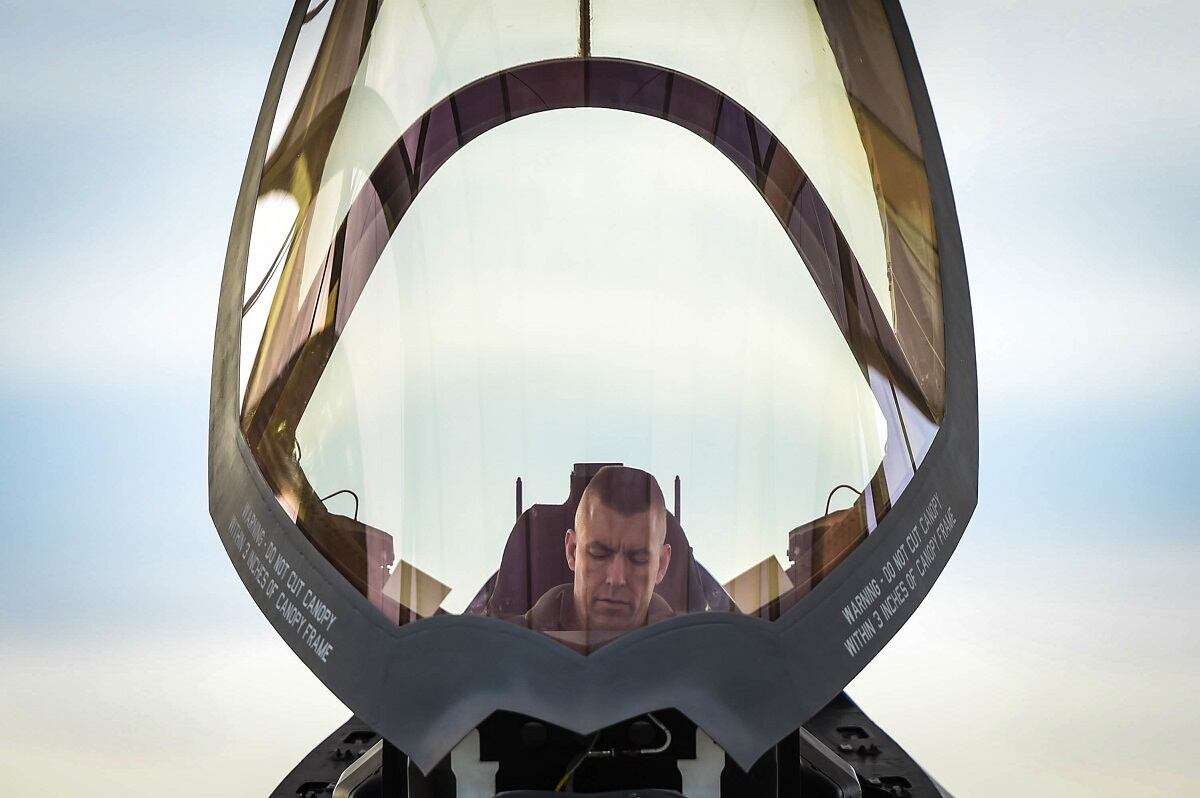
Gen. Ellen Pawlikowski, head of Air Force Materiel Command, and Lt. Gen. John Cooper, the Air Force’s deputy chief of staff for logistics, engineering and force protection, are working on innovative ways to create a “smart flightline,” Goldfein said, to bring new technology into maintenance and sustainment of aircraft.
The Air Force is also talking to other industry experts to learn about “predictive maintenance models,” so maintainers can figure out in advance what on a plane needs to be tuned up before it breaks and causes a bigger problem.
“It’s not so much that we’re looking at more airplanes, it’s how do I get more out of the ones I have,” Goldfein said. “There’s a lot of things we’re looking at to make sure we’re getting everything we can out of the aircraft.”
Goldfein also said that reducing the maintainer shortfall — which at one point numbered 4,000 airmen, has now been cut to about 200, and is expected to completely vanish this year — will improve the availability of trainer aircraft and get students more practice.
The Air Force’s recent move to allow up to 1,000 recently-retired Air Force pilots, combat systems officers and air battle managers to return to active duty will also help with pilot production, Goldfein said.
On May 23, the Air Force announced the major expansion of the Voluntary Retired Return to Active Duty program as a way to ease serious manning shortages in the rated community.
Some of those pilots who return for two- to four-year stints could serve as instructors at undergraduate pilot training at bases like Sheppard Air Force Base in Texas. This could allow the Air Force to increase its so-called “training pipeline” and graduate more new pilots, easing the pressure on operational squadrons that sometimes have to send pilots to serve as instructors. They could also serve as instructors for more advanced new pilots, as they learn to pilot specific major weapons systems.
“Utilizing them in some sort of production pipeline role is going to magnify their effect coming back,” Lt. Col. Greg Nita, deputy chief of the Air Force Personnel Center’s operations and special duties assignment division, said in a May 22 interview. “Whether it be B-52s, F-16s, you name it, all those aircraft have training units. As the Air Force addresses our shortfalls, it’s important to [Goldfein] and our leadership that we tap into some of that experience.”
Stephen Losey is the air warfare reporter for Defense News. He previously covered leadership and personnel issues at Air Force Times, and the Pentagon, special operations and air warfare at Military.com. He has traveled to the Middle East to cover U.S. Air Force operations.

